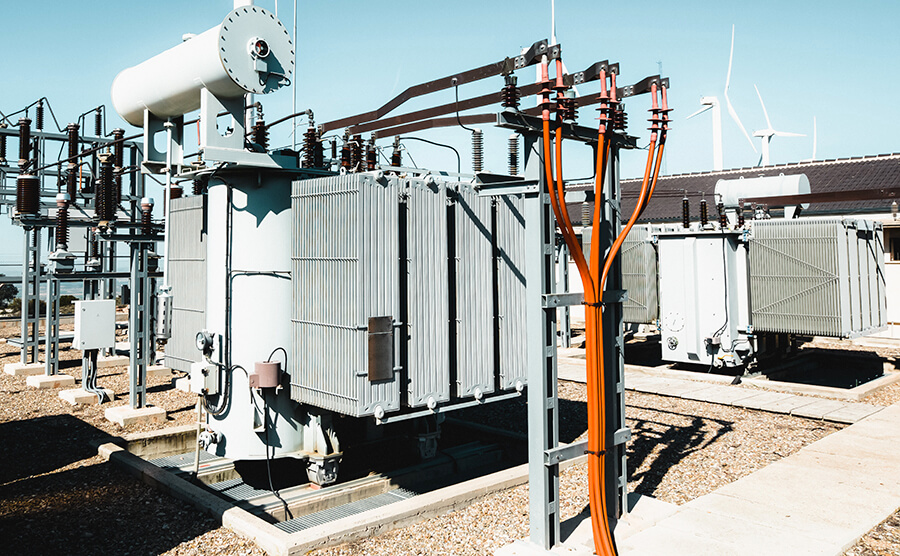
Oil-filled transformers are an essential component of electrical power systems. They are used to step up or step down voltage levels, and they play a critical role in the transmission and distribution of electrical power. However, like any other piece of equipment, oil-filled transformers require regular maintenance to ensure their reliable and safe operation. In this blog, we will discuss the importance of maintaining oil-filled transformers, the types of maintenance required, and best practices for transformer maintenance.
Why is Transformer Maintenance Important?
Transformers are expensive pieces of equipment, and their failure can result in significant downtime and repair costs. In addition, transformer failures can cause power outages, which can have serious consequences for businesses and individuals. Regular maintenance of oil-filled transformers can help to prevent failures and extend the life of the equipment. Maintenance can also help to identify potential problems before they become serious issues, allowing for timely repairs and replacements.
Types of Transformer Maintenance
There are several types of maintenance required for oil-filled transformers, including visual inspections, electrical testing, and oil analysis.
Visual Inspections
Visual inspections are the most basic form of transformer maintenance. They involve a visual examination of the transformer to identify any signs of damage or wear. During a visual inspection, the technician will look for signs of oil leaks, corrosion, and physical damage to the transformer. They will also check the condition of the bushings, tap changers, and cooling system. Visual inspections should be performed regularly, and any issues identified should be addressed promptly.
Electrical Testing
Electrical testing is another important form of transformer maintenance. It involves testing the electrical components of the transformer to ensure they are functioning correctly. Electrical testing can include tests such as insulation resistance testing, winding resistance testing, and turns ratio testing. These tests can help to identify potential problems with the transformer’s electrical components, such as insulation breakdown or winding damage.
Oil Analysis
Oil analysis is a critical form of transformer maintenance that involves testing the oil in the transformer for signs of contamination or degradation. The oil in a transformer serves several important functions, including cooling, insulation, and arc suppression. Over time, the oil can become contaminated with moisture, particulate matter, and other contaminants, which can degrade its performance. Oil analysis can help to identify these contaminants and determine the condition of the oil. Based on the results of the oil analysis, the technician can determine whether the oil needs to be replaced or if additional maintenance is required.
Best Practices for Transformer Maintenance
To ensure the reliable and safe operation of oil-filled transformers, it is essential to follow best practices for transformer maintenance. Some of the best practices for transformer maintenance include:
Oil-filled transformers are critical components of electrical power systems, and their reliable and safe operation is essential. Regular maintenance of oil-filled transformers can help to prevent failures and extend the life of the equipment. Maintenance can also help to identify potential problems before they become serious issues, allowing for timely repairs and replacements. By following best practices for transformer maintenance, we can ensure the reliable and safe operation of oil-filled transformers and the electrical power systems they support.